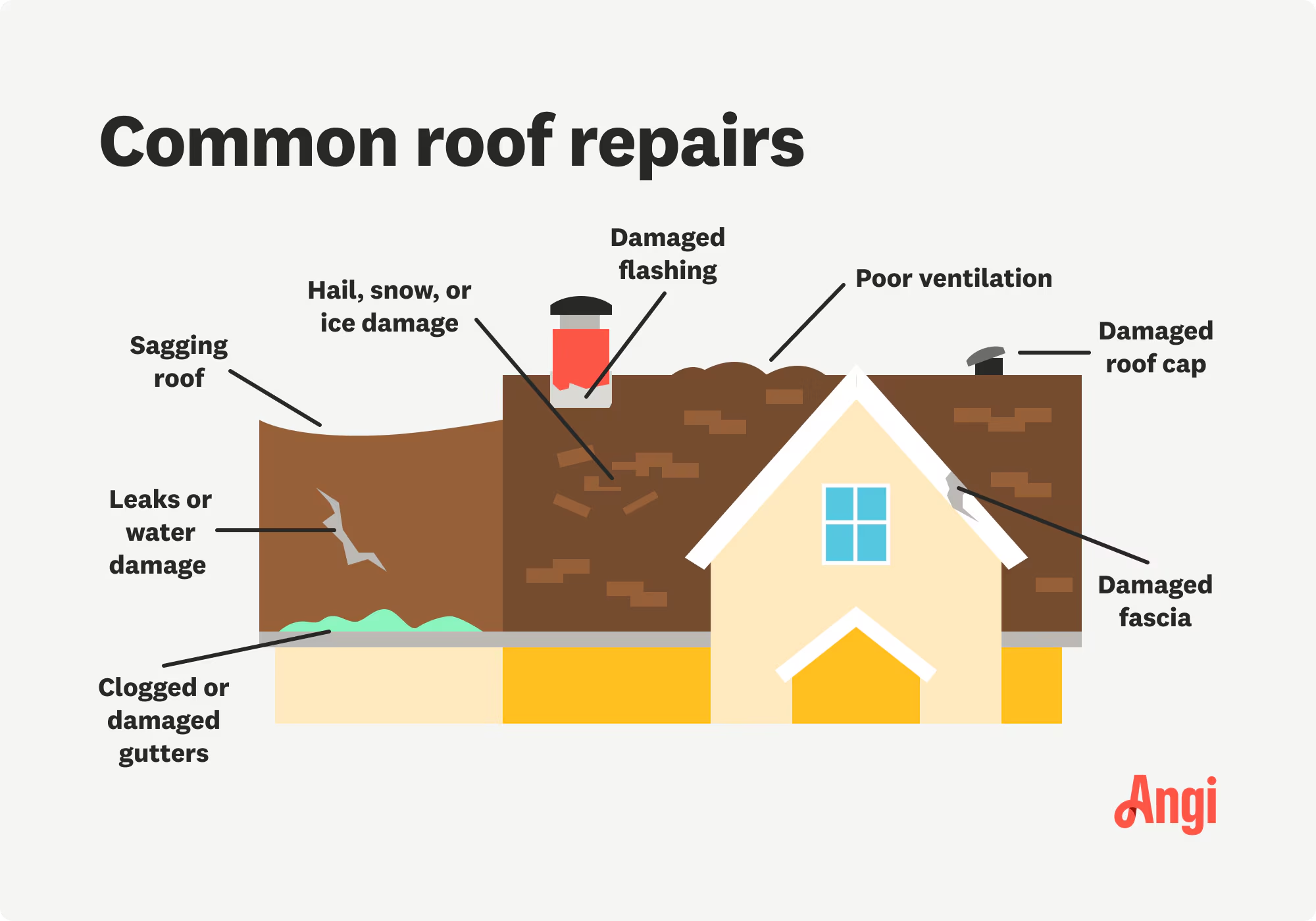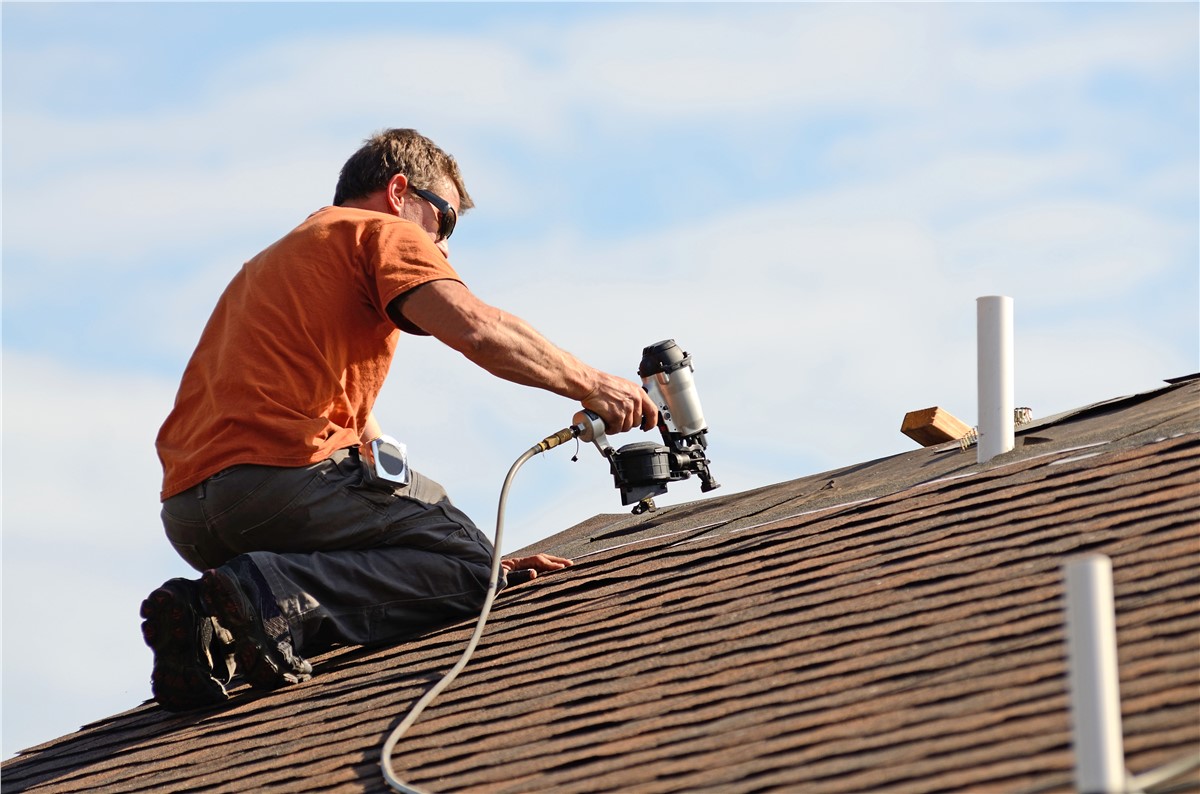Exploring the Different Kinds Of Roofs: Which One Is Finest for Your Home?
When taking into consideration the myriad kinds of roofings readily available, it is essential to examine exactly how each choice lines up with your home's distinct requirements, including climate conditions, aesthetic choices, and architectural functionality. From the classic gable roofing system that efficiently channels rain to the modern-day flat roof offering urban adaptability, each style provides unique advantages and difficulties.
Gable Roofs
Saddleback roofs, characterized by their triangular form and sloping sides, are a prominent choice amongst home owners looking for both visual appeal and functionality. This roof design effectively enables for effective water overflow, reducing the risk of water pooling and subsequent damages. Furthermore, the steep inclines produce ample attic room area, which can be made use of for storage space or perhaps transformed right into living locations.
One of the primary benefits of saddleback roofs is their capacity to stand up to severe climate problems. The design aids in lessening wind resistance, making them particularly ideal for locations susceptible to storms. Moreover, saddleback roofs can be created utilizing a selection of materials, including roof shingles, floor tiles, and metal, giving home owners with adaptability in style and spending plan.
From an architectural point of view, gable roofings can boost the aesthetic charm of a home, using a timeless and classic appearance. On the whole, gable roofings continue to be a preferred choice due to their balance of functionality and design, appealing to a vast array of homeowners.
Apartment Roofs
While frequently ignored for even more standard roofing designs, level roofings use unique advantages that cater to specific building requirements and modern-day layout preferences. These roofing systems are characterized by their minimal pitch, enabling reliable use area, specifically in metropolitan atmospheres where optimizing square video footage is essential.
One substantial benefit of flat roofing systems is their adaptability. They can be used as additional space, such as rooftop gardens, patio areas, or solar panel installations, boosting the functionality of a home. Additionally, flat roof coverings are typically simpler and more secure to navigate throughout maintenance, facilitating fixings and evaluations without the challenges positioned by steep inclines.
Flat roofings can additionally be extra affordable in regards to materials and installment. With a less complex design, they commonly require fewer resources, equating right into lower labor expenses. However, it's essential to take into consideration drainage and waterproofing, as flat roofs can be susceptible to merging water otherwise adequately made.

Hip Roofs
Hip roofs attract attention for their stylish style and structural integrity, making them a preferred option amongst house owners. Defined by inclines on all 4 sides, hip roofing systems supply a well-balanced visual that matches different building styles - roof repair oahu. The balanced nature of these roofings assists to disperse weight evenly, boosting stability and sturdiness
One of the key benefits of hip roofs is their capability to stand up to harsh climate conditions. The sloped surface areas assist in efficient water drain and snow runoff, reducing the risk of leaks and architectural damage. Furthermore, the layout decreases wind resistance, making hip roofing systems much less susceptible to wind uplift contrasted to various other Home Page roof types.


Shed Roofings
Dropped roof coverings, in comparison to the intricacy of hip roofs, provide a structured and minimalist style that charms to modern-day appearances. Defined by a single sloping surface, lost roofs are usually used in modern design, yard sheds, and various other useful frameworks. This simplicity not just enhances aesthetic allure however additionally allows for reliable water runoff, making them suitable for various environments.
Among the main benefits of shed roof coverings is their cost-effectiveness. With less products called for and a simple installation process, homeowners can save both time and money. The design likewise allows the unification of huge home windows or skylights, promoting natural light and developing roomy interiors.
However, it is necessary to think about the potential drawbacks, including limited insulation alternatives and the demand for cautious style to avoid extreme warm buildup. In addition, lost roofings might not mix effortlessly with conventional architecture, which can be a worry for some homeowners.
Eventually, shed roof coverings provide a useful and stylish roof service for those looking for modernity and effectiveness. When picking a roof covering type, examining personal visual preferences and practical needs will certainly direct homeowners to the best option for their unique requirements.
Mansard Roof Coverings
Mansard roofing systems, identified by their distinct four-sided layout, are a hallmark of French design that incorporates beauty with capability. This building design includes two slopes on each side, with the reduced incline being steeper than the top one. The one-of-a-kind configuration permits added home in the upper degrees, making it an ideal choice for house owners looking for to take full advantage of useful area without expanding the building's footprint.
One of the considerable benefits of a mansard roof covering is its adaptability. It can be adjusted to numerous building designs, from traditional to modern, boosting the aesthetic charm of any news type of home. Furthermore, the adequate room developed under the roof covering can conveniently suit dormer home windows, which enable all-natural light and air flow, further enhancing the comfort of the living area.
However, possible home owners need to think about the maintenance requirements connected with mansard roofs. Setup prices may be higher contrasted to simpler roof covering layouts due to the intricacy of building.
Conclusion
Each roof style offers distinct advantages, such as the effectiveness of gable roofing systems, the contemporary appeal of shed roofing systems, and the stability of hip roofing systems. Flat roofings use usefulness for urban settings, while mansard roofing systems provide extra living room regardless of greater installation costs.
From the classic gable roof that successfully channels rain to the find more info modern level roof covering offering metropolitan adaptability, each style presents distinct benefits and challenges (roof repair oahu). Furthermore, the style minimizes wind resistance, making hip roofs less prone to wind uplift compared to various other roof types
Shed roofs, in contrast to the complexity of hip roofing systems, provide a minimal and structured layout that appeals to modern looks. Each roofing design provides special benefits, such as the efficiency of gable roofs, the modern-day charm of shed roof coverings, and the security of hip roof coverings. Flat roofing systems use functionality for city settings, while mansard roof coverings offer added living room in spite of greater setup costs.